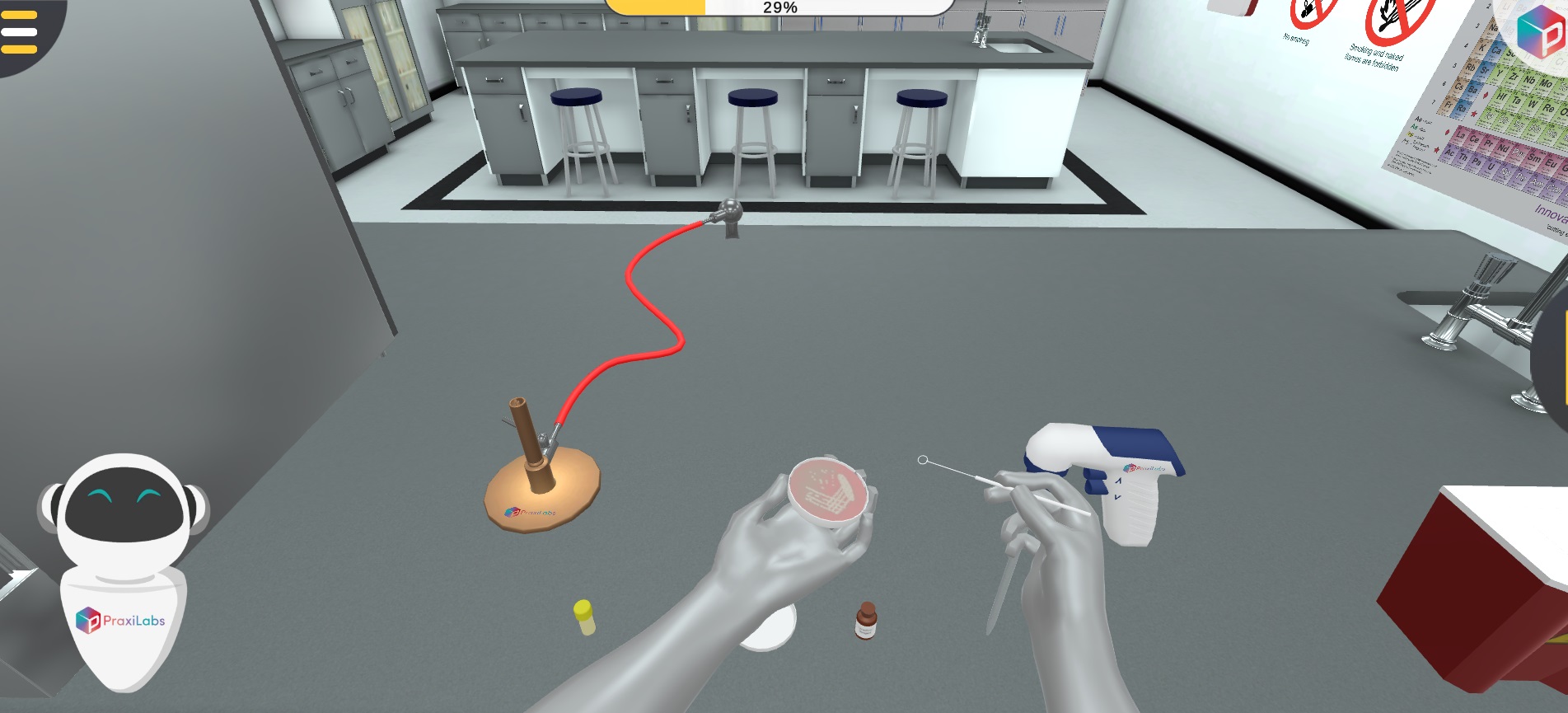Indole Microbiology Test
Biology | Molecular Biology | Biochemistry | Genetics | Microbiology






2.5M+
Active Users Worldwide
80%
Improved Learning Retention
60%
Reduction in Laboratory Costs
Biochemical reaction.
Bacteria that test positive for cleaving indole from tryptophan include: Aeromonas hydrophila, Aeromonas punctata, Bacillus alvei, Edwardsiella sp., Escherichia coli, Flavobacterium sp., Haemophilus influenzae, Klebsiella oxytoca, Proteus sp. (not P. mirabilis and P. penneri), Plesiomonas shigelloides, Pasteurella multocida, Pasteurella pneumotropica, Enterococcus faecalis, Vibrio sp., and Lactobacillus reuteri.
Bacteria which give negative results for the indole production test include: Actinobacillus spp., Aeromonas salmonicida, Alcaligenes sp., most Bacillus sp., Bordetella sp., Enterobacter sp., most Haemophilus sp., most Klebsiella sp., Neisseria sp., Mannheimia haemolytica, Pasteurella ureae, Proteus mirabilis, P. penneri, Pseudomonas sp., Salmonella sp., Serratia sp., Yersinia sp., and Rhizobium sp.
Some bacteria split amino acid tryptophan into indole and pyruvic acid using the enzyme called tryptophanase. Indole can be detected with Kovac’s reagent or Ehrlich’s reagent. Indole reacts with the aldehyde in the reagent to give a red color which concentrates as a ring at the top.
This test is frequently performed using biochemistry virtual lab environments or virtual lab biochemistry simulations to train students on the indole test protocol without handling live cultures.




